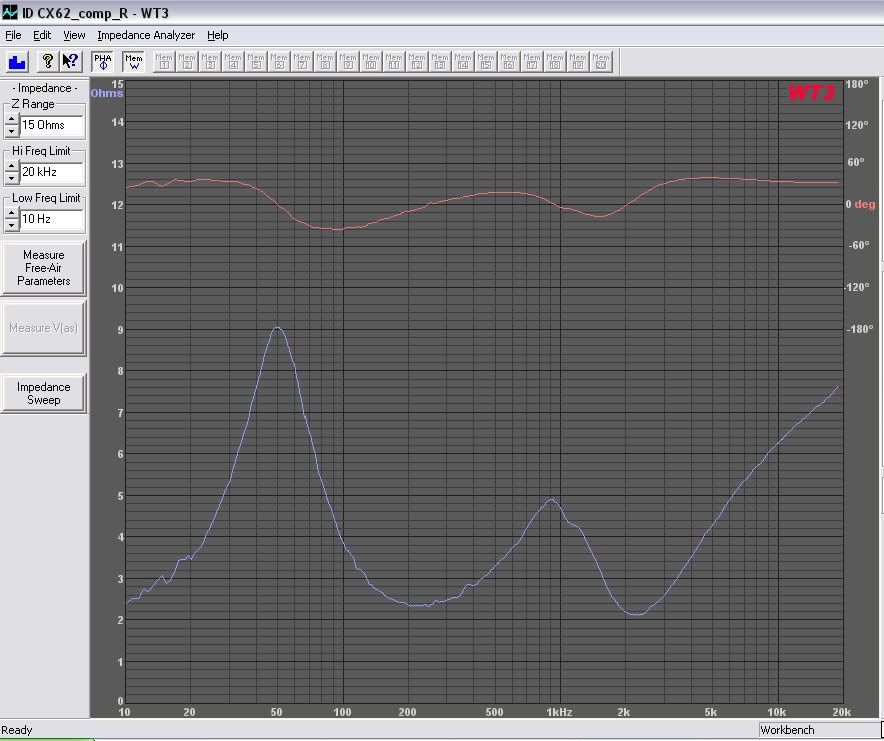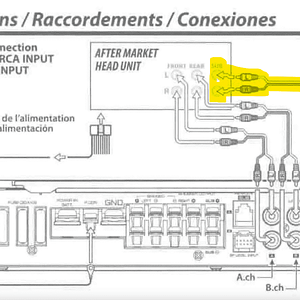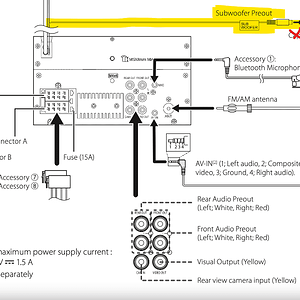active means you power each speaker (each tweeter and each woofer) from dedicated amp channels. so you need 4 amp channels for a 2-way component set. you don't use the passive crossovers with active (by definition it means using active (electronic) crossovers to filter signals to each speaker).
passive means you use external passive (non-powered) crossovers (using resistors, capacitors, and inductors) to filter the signals. these rob power and produce heat and phase shifts.
however, i've done much testing with several component sets active (non-bridged) vs. passive (bridged). and more power (bridged and passive) usually won out - especially at higher listening volumes. doubling voltage does wonders for headroom and dynamic range.
distortion adds (since you have two channels, each with their own THD, driving the speaker), but any distortion common to the amp design can be cancelled at the speaker (if the noise out of phase).
since bridging doubles voltage which quadruples power - you actually operate at a LOWER THD level when compared to the same output power with non-bridged. this is because bridging takes much less voltage to reach the same power level. (and less voltage = less amplification = less THD)



